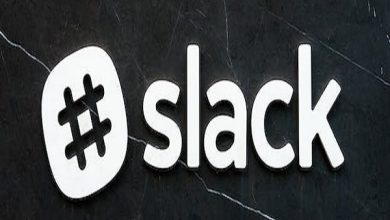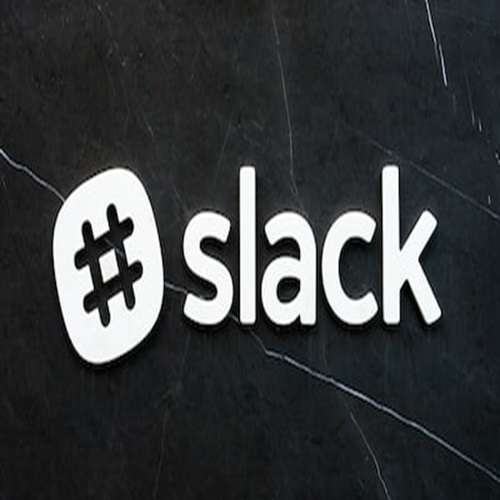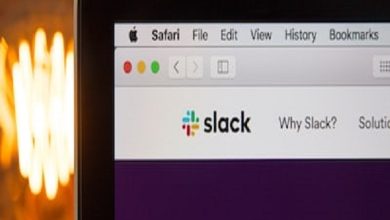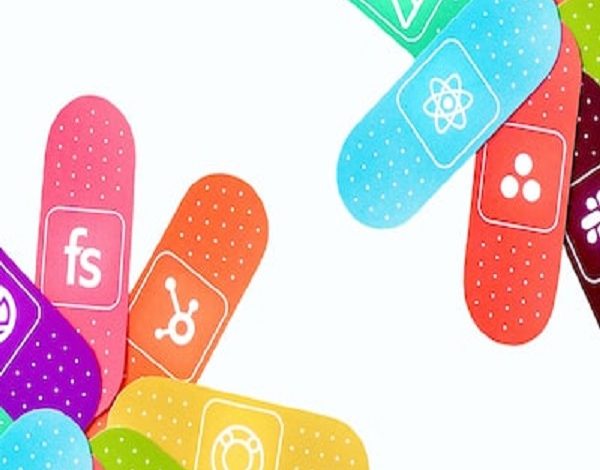
In the dynamic landscape of modern workplaces, employee engagement and recognition have emerged as vital components of organizational success. Engaged employees are not only more productive but also contribute positively to workplace morale and company culture. As remote work and digital collaboration become the norm, the need for effective tools to foster engagement and recognition has grown significantly. Among these tools, Slack stands out as a versatile platform that can drive employee engagement and recognition to new heights.
In today’s competitive business environment, organizations are realizing the pivotal role that employee engagement and recognition play in achieving their goals. A motivated and engaged workforce is not only more productive but also more likely to remain loyal to the company, reducing turnover rates. In addition, recognizing and appreciating employees’ contributions is a fundamental aspect of creating a positive and inclusive workplace culture.
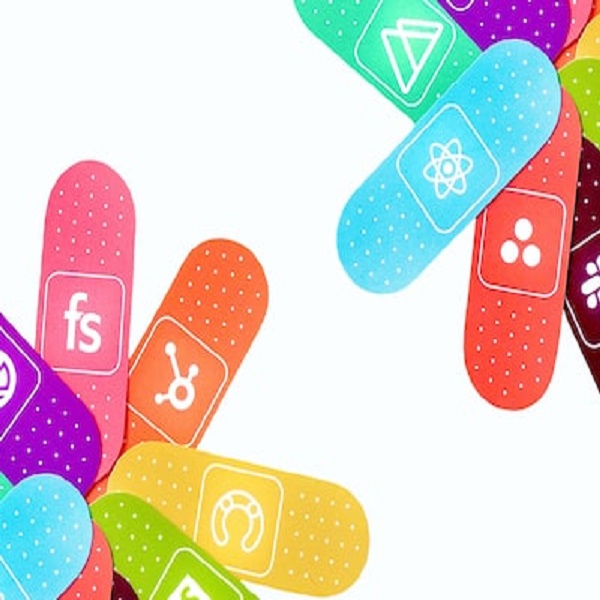
The rise of digital communication tools has revolutionized the way businesses operate and interact. In this context, Slack, a messaging and collaboration platform, has gained widespread popularity for its ability to streamline communication, enhance collaboration, and now, facilitate employee engagement and recognition.
The Foundation of Employee Engagement and Recognition
Employee engagement is more than just a buzzword; it’s a critical factor in determining the success of an organization. Engaged employees are emotionally committed to their work and the company’s objectives. This commitment leads to increased productivity, improved job satisfaction, and ultimately, higher profitability for the organization. Moreover, recognizing employees’ efforts and achievements creates a positive feedback loop that motivates them to continue performing at their best.
An Overview of Slack
Slack has transcended the role of a mere communication tool to become an integral part of many workplaces. Its user-friendly interface, versatile channel system, and integration capabilities make it a powerful platform for enhancing employee engagement and recognition. Whether used in a traditional office setting or in a remote work environment, Slack provides the necessary features to foster a sense of community and appreciation among employees.
Leveraging Slack for Employee Engagement
- Creating Open Communication Channels for Feedback and Suggestions: One of Slack’s strengths is its ability to facilitate open and transparent communication. By setting up dedicated channels for idea sharing and feedback, organizations can encourage employees to voice their opinions, suggestions, and concerns. This inclusivity not only empowers employees but also fosters a sense of ownership in the company’s direction.
- Sharing Regular Updates and Achievements: Slack serves as an ideal platform for broadcasting company-wide announcements and celebrating milestones. From product launches to departmental successes, sharing updates on Slack ensures that every member of the organization is well-informed and feels connected to the broader goals. This inclusiveness contributes to a sense of belonging and engagement.
- Hosting Virtual Events and Team-Building Activities: Remote work can sometimes lead to feelings of isolation among employees. Slack offers a solution by enabling the organization of virtual events and team-building activities. From virtual coffee breaks to interactive quizzes, these activities provide opportunities for employees to connect on a personal level, fostering camaraderie and engagement.
Using Slack for Employee Recognition
- Establishing a Culture of Appreciation: Recognition is a fundamental human need, and a culture of appreciation can significantly impact employee morale and job satisfaction. Slack can be used to encourage peers to publicly express gratitude and recognition for their colleagues’ efforts. Furthermore, when leadership gets involved in recognizing achievements, it sends a powerful message about the value the organization places on its employees.
- Creating Dedicated Recognition Channels: Dedicated channels for recognizing employees’ achievements can serve as a digital wall of fame. These channels provide a space where team members can spotlight colleagues’ accomplishments, whether big or small. This practice not only boosts the recipient’s morale but also sets an example for others to strive for excellence.
- Integrating Bots and Apps for Automated Recognition: To ensure consistent recognition, organizations can integrate bots and apps that automatically send congratulatory messages for specific achievements. This adds a layer of automation to the process, making it easier for managers and peers to acknowledge accomplishments promptly. Integrations can also help track performance metrics, providing valuable data for continuous improvement.
Slack’s Best Practices for Maximizing Engagement and Recognition
- Keeping Messages and Interactions Authentic and Sincere: In the digital realm, authenticity matters more than ever. When recognizing employees or communicating about engagement initiatives, ensure that the messages are heartfelt and genuine. Authenticity builds trust and strengthens the emotional connection between employees and the organization.
- Encouraging Active Participation and Involvement: Employee engagement is a two-way street. Encourage all team members to actively participate in engagement activities, discussions, and recognition efforts. This inclusivity ensures that everyone has a voice and feels valued within the organization.
- Ensuring a Balance Between Work-Related Communication and Casual Interaction: While Slack is a valuable platform for work-related communication, it’s equally important to create opportunities for casual interactions. Encourage employees to share their hobbies, interests, and personal experiences on Slack, fostering a sense of camaraderie that extends beyond work tasks.
- Monitoring and Adapting Strategies Based on Feedback and Metrics: Regularly assess the effectiveness of your engagement and recognition strategies through employee feedback and engagement metrics. Adapt your approaches based on the insights gained to ensure that they remain relevant and impactful over time.
Overcoming Challenges and Potential Pitfalls of Slack
- Addressing Privacy and Data Security Concerns on Slack: While Slack offers a collaborative environment, it’s essential to address privacy and data security concerns. Clearly communicate the guidelines for sharing sensitive information and ensure that employees feel their data is protected.
- Preventing Over-Reliance on Digital Interactions: While Slack is a powerful tool, it’s crucial to balance digital interactions with real-life connections. Encourage face-to-face interactions when possible, as personal connections are vital for building strong relationships and a cohesive team.
- Dealing With Potential Distractions and Information Overload: As Slack enables instant communication, it’s essential to strike a balance to prevent information overload and distraction. Encourage employees to manage their notifications effectively and set clear expectations about response times.
Success Stories: Real-Life Examples of Slack-Driven Engagement and Recognition
- Case Studies of Organizations That Have Effectively Utilized Slack: Real-life success stories demonstrate the tangible benefits of using Slack for employee engagement and recognition. Highlight organizations that have effectively implemented the strategies discussed and showcase the positive outcomes they achieved.
- Impact on Employee Morale, Productivity, and Overall Satisfaction: Share data and anecdotes that showcase the impact of improved employee engagement and recognition on various aspects of the workplace, including increased morale, higher productivity, and enhanced overall job satisfaction.
Looking Ahead: The Future of Employee Engagement and Slack
- Potential Advancements in Slack’s Features: As technology evolves, so do the capabilities of communication platforms like Slack. Discuss potential advancements in Slack’s features that could further enhance employee engagement and recognition, such as AI-driven insights and advanced automation.
- Evolving Trends in Remote Work and Adaptation: Remote work trends continue to evolve, and organizations must adapt their engagement and recognition strategies accordingly. Explore how Slack can stay relevant in an ever-changing work landscape.
- Importance of Continuous Innovation for Sustained Engagement: Stagnation is the enemy of engagement. Emphasize the importance of continuous innovation in engagement and recognition initiatives. Organizations should continually seek new ways to connect with employees and show appreciation.
Conclusion
In a world where remote work and digital communication are becoming more prevalent, tools like Slack play a crucial role in maintaining employee engagement and recognition. By leveraging Slack’s features effectively, organizations can create a workplace culture that values open communication, celebrates achievements, and fosters a strong sense of belonging. Whether through virtual events, recognition channels, or integrations, the possibilities for using Slack to drive engagement and recognition are virtually limitless. As organizations continue to navigate the changing landscape of work, embracing Slack as a platform for engagement and recognition can pave the way for a brighter, more connected future.





